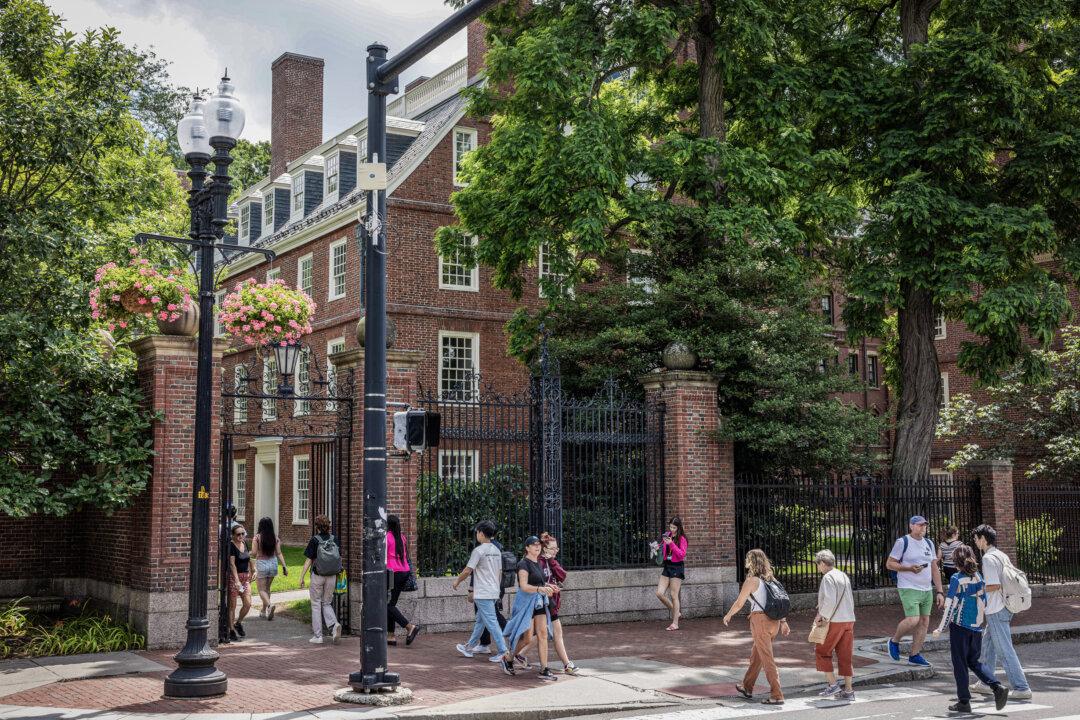Harvard University has reported a slight decline in the number of black students in its incoming freshman class, the first since its “race-conscious” admission policy was declared unconstitutional by the nation’s highest court.
Data released Sept. 11 by the Ivy League school showed 14 percent of the Class of 2028 identified as black, down from 18 percent last year. Hispanic and Latino enrollment grew by two percentage points to 16 percent, and the share of Asian-American students remained the same at 37 percent.





